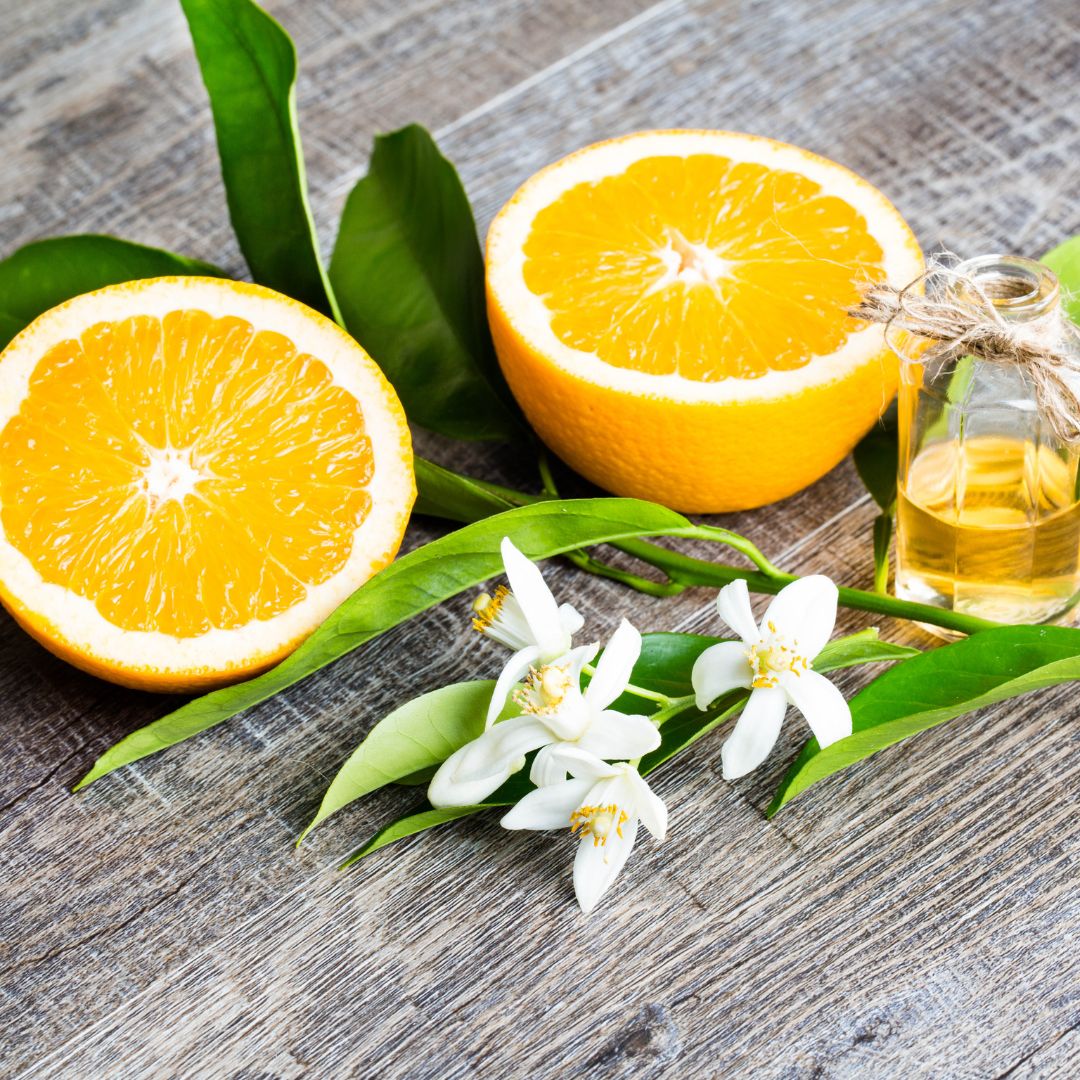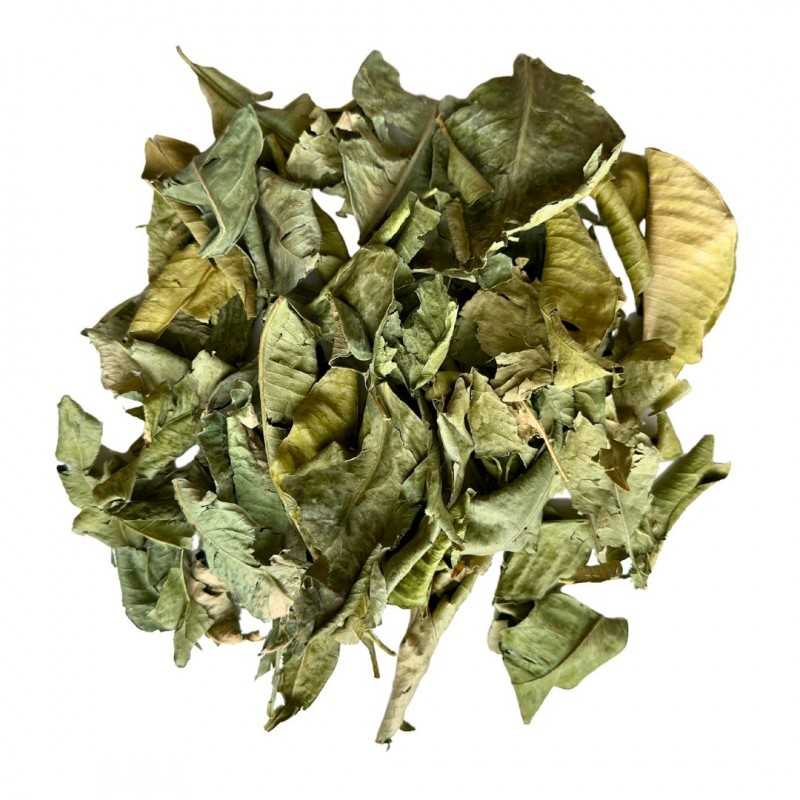
Orange tree: botany, benefits & uses
Orange tree
Imposing, the orange tree is a useful tree. As well as delighting the eye with its highly decorative appearance, it delights our taste buds with the delicate flavor of its fruit. The orange tree is also indispensable in phytotherapy. Its wealth of active ingredients contributes to the body’s well-being.
Characteristics of the orange tree
The orange tree can be an imposing fruit tree or a shrub. Under the right conditions, it can grow up to 10 meters high. Its thorny branches bear oval-shaped evergreen leaves with winged stalks. Up to 12 cm long, the leaves are an attractive shiny green on the upper side, with a dull green underside. Orange trees generally flower at the end of spring. At the top of the branches, magnificent, delicately scented white flowers appear. The 5 petals that characterize orange blossoms are curved backwards.
The orange fruit is a large, fleshy berry with a particularly juicy pulp. The pulp is divided into several quarters containing vesicles and hard, white seeds. The fruit has an attractive orange color and a rind that remains green as long as the berry is not exposed to cold. Depending on the variety, the orange can be up to 12 cm in diameter. This well-known berry bears the sweet name of orange, in reference to its color. Considered a close relative of the citrus fruit, oranges generally ripen in autumn and winter.
About the origin and cultivation of the orange tree
The orange tree is native to Southeast Asia, more specifically southern China, India and Vietnam. Today, it is widely cultivated in warm regions, including Mediterranean countries. Ideally grown in the open ground, the orange tree is also well suited to container cultivation. In France, it is one of the most common outdoor shrubs used on verandas, especially during the summer months. Generally speaking, orange trees require rich, well-drained soil with an acid pH.
Clay soil may also be suitable if mixed with non-calcareous sand, a draining substrate, pozzolan and a well-decomposed potting soil. For container growing, we recommend adding a bed of clay balls to the bottom of the pierced container. These pebbles ensure good drainage and allow deep watering of the root ball, while preventing water retention. Indeed, orange trees need regular watering in the hot season.
Orange trees are always sold grafted. If cultivated in the right conditions, a grafted plant can produce oranges as early as 3 or 4 years after planting. Moreover, the tree tolerates pruning well, even if it’s grown in a container. Eliminating superfluous branches optimizes branching and keeps the size of the tree in proportion to its container. In addition, the tree needs to be airy at the center and perfectly balanced at the branches.

The different uses of the orange tree
On a daily basis, oranges can be eaten as is, in juice or jam. It is rich in vitamins A, B1, B2, B5, B6, PP and minerals. Oranges also contain pectin, which promotes intestinal transit. The active ingredients in the fruit have tonic, aperitive and diuretic properties. Also used in phytotherapy, orange blossoms boast a high concentration of aromatic essences. Extracted by distillation, orange blossom water has antispasmodic and invigorating properties.
Whatever the type of discomfort to be relieved, we recommend using orange blossom water in moderation. We strongly advise you to always respect the dosage and duration of cures. For your health and well-being, always eat a balanced and varied diet. A healthy lifestyle is also essential.
In cooking, orange blossom is used to add a tangy note to dishes. It is particularly well-suited to crepes, cakes, madeleines and brioches. A favorite of Oriental pastry chefs, orange blossom enhances gazelle horns and Makroud. Its subtle aroma is also found in Italian cuisine, notably in recipes for Neapolitan pastiera and cannoli.






